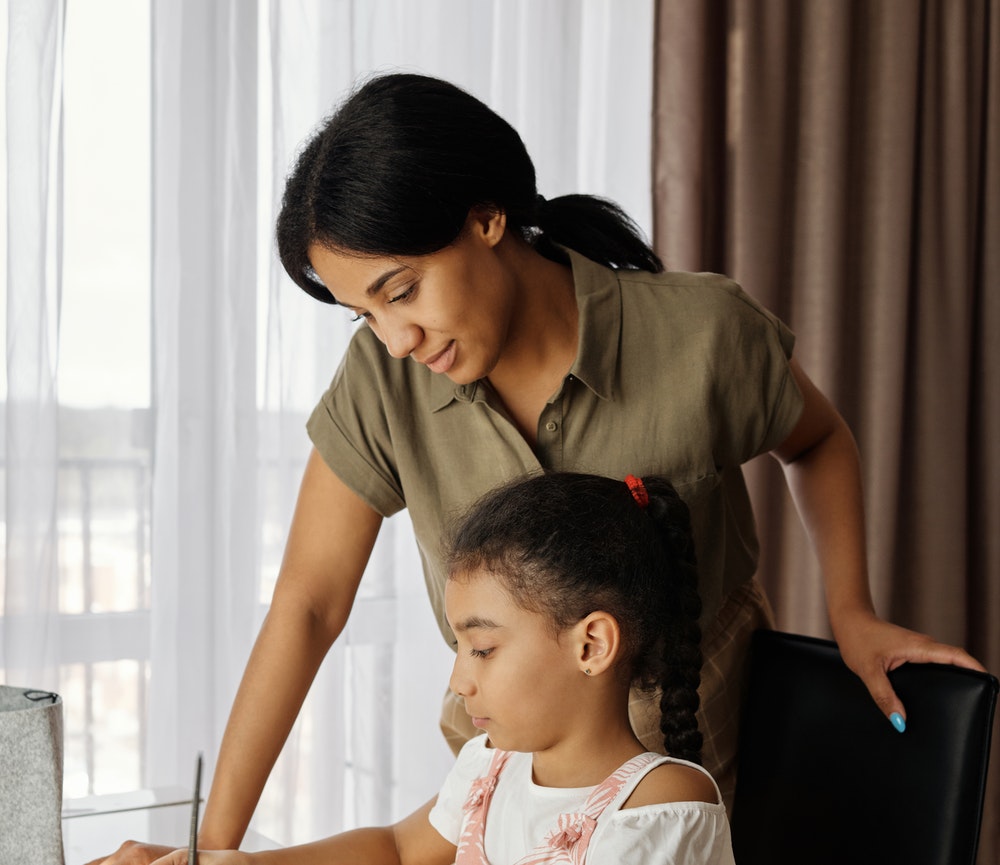As Charles Darwin once said, those who survive are those most amenable to change. In order to change, one must be able to adapt, and the key to adapting is the ability to learn. Thus, learning is a primary part of the human condition.
Studies indicate parental involvement increases a child’s learning achievement by 10%
Every parent teaches their children, from the moment the child is able to understand. In addition, learning is seen as a societal obligation. As a consequence, the child has two main centers of learning – at home, with his/her parents, and at a school/institution.
A study based on analysis of data from the National Child Development Study (NCDS) in the UK showed that:
- Parental involvement in a child’s schooling is a more powerful force than family background indicators such as social class, family size and level of parental education. It contributes to no less than 10% of variation in achievement.
- The involvement of parents in secondary education has an effect on continued development.
- Very high parental interest is associated with better exam results than for children whose parents show no interest.
- Children with very interested parents progressed 15-17% more in mathematics and reading between ages 11-16.
Successful programs of family involvement have resulted in the following benefits:
For children:
- Accelerated development of oral and preliteracy skills.
- Improved standards in numeracy and literacy.
- Positive behavioural and attitudinal changes.
- Enhanced confidence and self-esteem.
- Awareness that learning is a normal activity throughout life.
- Pleasure from collaborative learning.
For parents:
- A greater understanding of child development and of the strategies that can be used to help children to learn at key points in development, improved parenting.
- Better relationship with children.
However, there is often a disconnect between the two centers of learning – the home and the school. This results in the child losing out on the full benefits that are possible with a good interaction between home and the school.
New models of learning can bridge school and home
The third center of learning, the internet, offers the possibility of bridging that gap so that the potential inherent in the synergies between schools and homes can be fully realized. The growing proliferation of computers and the internet along with social media creates opportunities for new models of learning as well as parental involvement. Technology can play a significant role in overcoming practical hurdles of time and availability, while at the same time opening up new models for learning.
Time and accessibility: Time and accessibility are two of the most significant barriers to effective parental involvement at the school level. It is possible to use technological means to overcome, to some degree, some of these hurdles.
More and more schools are using technology-based teaching/learning tools and content in the classroom. These tools and the content can easily be made available to the parent and child at home as well. This makes it easy for the parent to keep track of what is happening in the classroom, and for the child to revise and go over material if he/she so desires.
Assessment of a child’s strong and weak areas: This availability of tools and content helps the parent in another way. If the parent wishes to assess the learning of the child, the creation of an assessment paper can be as simple as just a click of a button. In addition, by feeding the responses back into the system, the parent – and the teacher – can generate an analysis of the child’s strong and weak areas both in terms of concepts as well as levels of learning: recall, comprehension, analysis, synthesis etc. This can help parents and teachers plan remedial actions for individual children, something that is extremely difficult for teachers to do on their own due to paucity of time and numbers of children. The involvement of parents and the use of technology makes this possible.
Parenting guidance: Technology can also help in imparting inputs on parenting as well. Technology can help create communities of parents and teachers, ideally with guidance from trained professionals such as child counselors and psychologists. Parents can share good parenting tips and practices and also share problems and concerns.
Exposure to global cultures: The internet, by its very nature, also makes it possible to expose children to different cultures and societies. There are many educational initiatives around the world that connect schools across countries and enable children from different cultures and societies to interact with each other and learn from each other. One good example of this was an initiative in which children in schools in England and France were connected to each other, and the children of each country were told to write a report on various aspects of the culture of the other country. All of this was done over the internet.
While such initiatives provide wonderful learning opportunities, a lot of care must be taken in their execution. A clash of cultures can create insecurities and at time feelings of inadequacy and/or an inferiority complex. Proper guidance must be given to children to help them understand and process differences in outlooks across cultures.
Creating synergies: In summary, technology can enable synergies between schools and homes by:
- Enabling access – this resolves the time and availability issue as interactions can be asynchronous on an ongoing basis, while other means can be put in place for more personal interactions.
- Providing content and tools – parents will be able to access the same content and tools used by teachers in the classroom, thus ensuring that they are abreast of what is happening in the classroom, and empowering them to support their children.
- Providing academic support – where parents lack the required skills to support children in specific concepts or subjects.
- Tracking learning – the ability to track actual learning through analyzing time spent on various subjects/concepts can help instill learning discipline in children and introduce them to time management. Technology can help track what content the child studied and how much time was spent.
- Tracking individual performance and standing – as parents can be involved in assessing the learning of children.
- Enabling personalized remedial actions – personal attention to each child in education is an ideal objective, but impractical in the classroom. With parental involvement, this can be enabled through a partnership with the school.
- Enabling parental support – through communities and access to trained professionals.
- Exposing children to new cultures, beliefs, and customs.
There is a lot more that is possible, of course, but these are the basics that can be put in place to ensure a starting point in enabling parental involvement.
Excerpt from the paper ‘Parental Involvement in School Education: Exploring Synergies between Schools and Homes’ by Abraham Tharakan. The author is a Founding Partner of TAMAC Consulting, a company that specializes in online learning tools. He can be contacted at: abe.tharakan@tamac.in








